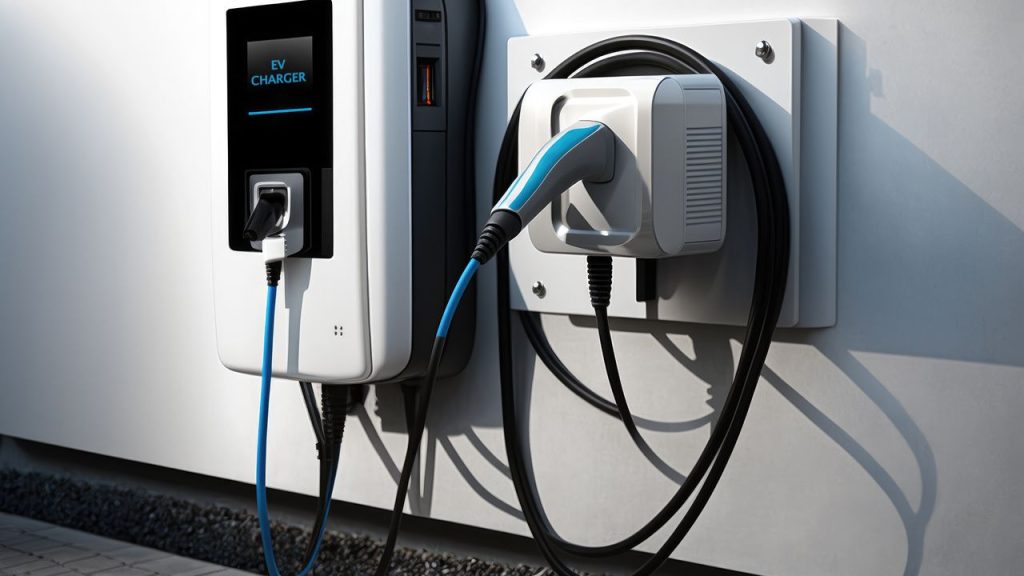Electric vehicles (EVs) are becoming increasingly popular as people look for more environmentally friendly modes of transportation. As a result, there is a growing need for EV charging infrastructure to support these vehicles. However, it is not enough to simply install charging stations. It is also important to monitor the health of the charging infrastructure to ensure that it is functioning properly. In this blog post, we will explore the importance of charging infrastructure health monitoring, charging infrastructure diagnostics, and charging infrastructure location analytics.
Charging Infrastructure Health Monitoring
Charging infrastructure health monitoring involves keeping track of the condition of the charging stations. This includes monitoring the power supply, the charging cables, and the connectors. By monitoring the health of the charging infrastructure, it is possible to detect potential issues before they become major problems. This can help to prevent downtime and ensure that the charging stations are always available for use.
One way to monitor the health of the charging infrastructure is through the use of sensors. These sensors can be installed on the charging stations to monitor various parameters such as temperature, voltage, and current. The data from these sensors can then be analyzed to detect any anomalies or potential issues. This allows for proactive maintenance and repairs, which can help to reduce downtime and improve the overall reliability of the charging infrastructure.
Charging Infrastructure Diagnostics
Charging infrastructure diagnostics involves identifying and diagnosing problems with the charging stations. This can include issues with the power supply, the charging cables, or the connectors. By diagnosing these problems, it is possible to determine the root cause and implement the necessary repairs.
One way to diagnose problems with the charging infrastructure is through the use of diagnostic tools. These tools can be used to test the various components of the charging stations and identify any issues. For example, a multimeter can be used to test the voltage and current of the charging cables. This can help to identify any issues with the cables, such as a break or a short circuit.
Charging Infrastructure Location Analytics
Charging infrastructure location analytics involves analyzing the location of the charging stations. This can include analyzing the usage patterns of the charging stations, as well as the location of the stations themselves. By analyzing this data, it is possible to optimize the placement of the charging stations and ensure that they are located in areas where they are most needed.
One way to analyze the location of the charging stations is through the use of geospatial analysis. This involves analyzing the location data of the charging stations and overlaying it with other data, such as demographic data or traffic data. This can help to identify areas where there is a high demand for charging stations, as well as areas where there may be a lack of charging infrastructure.
Conclusion
In conclusion, monitoring the health of the charging infrastructure, diagnosing problems, and analyzing the location of the charging stations are all important aspects of EV charging infrastructure management. By implementing these strategies, it is possible to ensure that the charging infrastructure is functioning properly and meeting the needs of EV drivers. This can help to promote the adoption of EVs and support a more sustainable future.


